 | TLDR: This very much depends on the person’s risk tolerance. For a typically risk averse person with gamma = 2.0, and assume a return of BTC to be 20% annually and historical volatility of 77%, one should hold 12% of their allocation in BTC. Under-betting might lead to regret, while over-betting can lead to disastrous crash in happiness should the price reduce. Thus, determining your correct risk tolerance (gamma), is crucial to having a healthy investment life. Take the "Finding your own gamma" quiz to determine your risk tolerance, and then use it to look up the allocation table at the end of the article. Introduction????How much of your net worth should you bet on Bitcoin? Here in r/cryptocurrency subreddit, we are all firm believers in BTC over the long term. Unsustainable fiscal policy and endless money printing from central banks all around the world have been lasting unabated since 1970, while no attempts at serious reforms are on the horizon. It all points towards the need to keep the fruits of our labors into a decentralized asset that not only is already the hardest to make, but also exponentially getting harder to make over time. And that asset is Bitcoin. Yet, there has been surprisingly little consensus on how much of our net worth should be invested in Bitcoin. A walk around the subreddit shows all kinds of different numbers: 1%, 5%, 10%, 30% all the way to 100%. Some people suggest a rule of thumb like “only invest money you can afford to lose”, subjecting your allocation to wild swings that would wake you up at night checking Coinbase every minute for price movements. It turns out, sizing your investment is just as important as deciding what to invest. How should we think about risk and uncertainty? What is the allocation that would allow us to enjoy the returns, while not being bothered by the wild swings of the market? What is the framework that helps us pick the sweet spot between regretting that we don’t invest enough, and regretting that we invest too much? How to truly be happy with our return of crypto assets, knowing that we have decided the best among the “what ifs”? Why not 100% BTC?????????But first, let us ask ourselves a simple question. If we love Bitcoin so much and already believe that Bitcoin will deliver returns superior to all other investments, why don’t all of us invest 100% in BTC? In fact, some people do. To them, Bitcoin is already the last currency, the measuring stick that every single worth of labor and asset should convert to. If you are among this group, this article is not relevant for you. The reality is that the vast majority of Bitcoin investors do so because they promise high returns relative to the fiat that they use daily for their daily needs. For all its flaws and inflations, the US dollar is still used in everyday life. People still spend 40 hours / week at work, knowing that they will have the same paycheck every 2 weeks for the rest of the year. The price of bananas and bread are stable day after day, even though they keep shrinking 5% every year. This perception of stability and convenience means that imagining wealth as the total amount of fiat remains hard-wired into many people for the time being. And this means that the wild swing accompanying Bitcoin price is a major psychological baggage to all investors who see their wealth in dollars. A 100% Bitcoin allocation means that on a certain day, they might see a 5% drop or 5% gain in their net worth. They have to maintain their conviction during the long period of 2021 - 2023 where Bitcoin lost 80% from peak value, before finally recovering in late 2023. This can wreak havoc on a person’s psychological well being ranging from constantly being distracted from work to checking their portfolio to unloading their anger and stress to their wives and kids. Worst of all, the person might be emotionally tempted to panic sell at the worst moment, right before the price recovers, triggering a torrent of regrets. All this points to the fact that we need a mathematical model to help us reason about not just the expected return, but also the potential loss that we incur so that we can size our bets just enough to both maximize return and minimize regrets. This is a kind of decision that gamblers have to think about on a constant basis, so let’s turn to them to see what we can learn! Thinking like a gambler????How does a gambler size his bet? I’ll bring up this classic example from the book The Missing Billionaires by Victor Haghani and James White. Suppose you have a starting wealth of $1,000. You are allowed to flip a coin that is loaded with a 60% chance of landing heads, and 40% of landing tails. You can make a bet of any fraction of your wealth from 1% to 100%. What is the optimal fraction of the bet that would allow you to reach as high of a payout as possible after 25 bets? There are two lenses for looking at this problem. One is through the lens of expected value or average outcome. The expected value is defined as the total of the probability of each outcome times the value of each outcome. The full equation is the following In which:
From the chart above, it seems that the bet that maximizes the average outcome would be to bet 100% of your money on every bet, yet it should be clear that no sane person in the world would bet like this! You only get your pay out if you win every single bet, and that even if just one bet lands on tail, you risk losing everything! So perhaps the median outcome would be a better choice here? We are clearly not looking to just maximize the profit, but also maximize the profit gauging the potential loss we can incur when we are unlucky with the coins. Therefore, perhaps we should maximize our money in the event that we are neither lucky or unlucky with the coins? Using median, 25th percentile and 75th percentile, and now we have a surprisingly complicated picture.
The bet size that maximizes the median wealth would be 20% per bet. If you happened to answer 20% when I posed this question to you then congratulations! You truly have the instinct of a gambler, because 20% happens to be the bet size that matches the Kelly Criterion. Kelly Criterion is a strategy that helps gamblers in their game, as well as hedge fund managers and investors world wide in sizing their bets. But would the optimal bet size for everybody be 20%? Not quite. Looking at the table again, and it would not be surprising to see that some people are uncomfortable with 20%:
Thus, it is clear that we are still missing a second piece of the puzzle. We need to determine our own level of risk tolerance in order to make a bet effectively. For reference, here is the full spectrum of outcome at each bet size from 1% to 100%. You are very likely to lose money if you bet too large, even if the odd is in your favor. 100% BTC example As a fun exercise, assume that we believe in the power law of Bitcoin, dictating that it would return 33% / year over the next 10 years, while the historical volatility of Bitcoin is 77%. This basically converts a 100% BTC portfolio into a bet size of 84% and a coin toss of 70/30. The median outcome of your portfolio after 25 years (similar to 25 coin tosses) would be the following:
This is a disastrous bet. The median case makes you lose 84.3% of your starting wealth, while the 25% percentile you have a potential wipe out. On the other hand, at 75th percentile, you only gain 80.4%, which is even less than had you made a safer 10% or 20% bet. I hope this has convinced you that even if you trust BTC completely and are extremely risk-tolerant, there is still such a thing as an overbet! Learning your own risk tolerance to size your bet appropriately is a crucial exercise that will help you tremendously in your investment journey! The Utility of Wealth: Losing money hurts much more than gaining money????But how do we model different levels of risk-tolerance across different people? For this point, there are some common principles:
Combining these two principles, we can see that the level of happiness does not linearly scale with the level of wealth, but is more like a log curve where gaining wealth has a diminishing return of joy, while losing wealth has an increasing reduction of pain. As Daniel Kahnemann succinctly captured it, "The pain of losing is psychologically about twice as powerful as the pleasure of gaining" Due to the law of diminishing utility, if loss = gain, then pain > joy Kahnemann quotes captures the essence of expected utility (happiness), but does not help us determine the level of risk tolerance. The phrase “twice as powerful” does not apply to everyone. What if it is 3 times or 4 times as powerful for risk averse people, while only 1.5 as powerful for risk-tolerant people? For this, we need another variable to determine the level of risk tolerance. Here is the complete formula of the Constant Relative Risk Aversion (CRRA), which represents the amount of utility given wealth relative to the base level In which:
When γ = 1, we have Let’s visualize our utility functions with different values of gamma We can see that:
Now that we have a formula for deciding our risk tolerance, let’s instead optimize for expected utility instead of expected wealth. Simply replace W (wealth) with U(W) (utility of wealth), and we have the following formula Now, let’s visualize the different levels of utility at different bet size to figure out what is the optimal bet size given different risk tolerance. Look at this stuff, isn’t it neat? This neatly explains why some people might prefer betting 10%, while others might feel more comfortable with 38%. That is because this level of bet truly optimizes their internal level of happiness based on their own risk tolerance! We now have a way to determine the optimal allocation based on the the odds and our own gamma. Or more broadly, given an expected risk, expected return and a personal level of tolerance, we have a framework to determine the size of the bet that would maximize our happiness! A few final notes:
Notice that the level of happiness can be drastically different based on your risk tolerance. A bet of 20% that feels very comfortable for a person with gamma = 1 will feel extremely uncomfortable for someone with gamma = 3. Bitcoin is for everyone, but not of all sizes. Knowing your own gamma is crucial in determining that bet size that is right for you. 100% BTC example Back to the person who bets 100% on BTC, which is again equivalent to a 84% bet on a 70/30 coin. This is the expected level of happiness of that person.
It is all negative! Even for someone that is unusually risk tolerant like gamma = 0.5, the bet is still a significant overbet compared to their risk tolerance! You might have noticed that the expected utility framework will produce very negative numbers when the ending wealth is nearing 0. This is a fair criticism of the expected utility framework, especially in the case of near total loss (Is a person who lost 99.9% of their wealth that much more unhappy than someone with 99%?). But given there have been cases of life-threatening circumstances due to near total loss of wealth, we can all agree that sizing our investment based on our risk tolerance to avoid getting near that level of loss is something that we should treat seriously. Finding your inner gamma????Okay, if you have read until this point and are convinced that determining risk tolerance is important, let’s find our own gamma. Now, the issue with the CRRA framework is that the utility value appears kind of abstract. What does an increase of 0.50 utility actually mean to us? And how does it help us determine our gamma? Fortunately for us, we can frame our question in a different way to decide our gamma value. Notice that for someone with gamma = 1, their expected utility would be 0 if they bet around 40%, meaning that if they face the problem of picking a bet size for tossing a 60/40 coin 25 times, they are basically ambivalent between not participating in the game at all, and participate the game at bet size of 40%. This number is 20.60% and 13.33% for gamma = 2 and gamma = 3. Thus, we can ask the following questions:
But even that is a little bit abstract! Let me place it in a few more realistic scenarios! Assuming that you currently have $100,000 net worth. Please take a moment to answer the following questions honestly and truthfully. Question 1 You have a choice between a certain amount or a 1% chance to win $100,000 and a 99% chance to win $0. What amount would make you ambivalent between the two options?
Question 2 You have a choice between paying a certain amount for insurance or having a 1% chance of losing $50,000 and a 99% chance of losing $0. What amount would make you ambivalent between paying the premium and not paying it?
Question 3 You have a choice between getting paid a guaranteed amount, or performing a coin toss in which there is a 50% chance to win $50,000 and a 50% chance to lose $10,000. What amount would make you ambivalent between the two options?
Question 4 You are forced to play a game where there is a 50% chance to win $10,000 and a 50% chance to lose $10,000, unless you pay a fee. What amount of fee would make you ambivalent between paying the fee and playing the game?
This quiz will work better if you actually put in your real net worth and the answer scales respectively with your net worth. I have have also prepared a notebook that allows you to type in your net worth and automatically scales up all answers here, please DM me for access. Take some time on the quiz to find your true risk tolerance! Feel free to pick a number that is in between as well! The answer a, b, c, d will match up with γ = 0.5, γ = 1, γ = 2 and γ = 3 respectively. Putting everything together????Okay. Now that I know my own gamma, how much of my money should I put in BTC? Remember that the optimal bet size also depends on the odds too! For a gamma = 1, if the coin is 60/40, then you should bet 20%. If the coin is 70/30, then you should bet 40%. If the coin is 100/0, then you should clearly bet everything! Thus, one way we can think about the sizing of BTC is to convert its expected return into a coin toss. I think it would be safe to assume a conservative case that BTC has the same amount of volatility that it has previously, which is 77%. Now, depending on how much you believe in BTC, you will have a different notion of expected return. If you believe in the Power Law, then the next 10 years would bring approximately 33% return per annum. I personally used a more conservative 20% annual return for my calculation. From that point, subtract the return by about 4% (to cancel out the risk-free return of treasury bills), you can use the expected return and volatility to back calculate the coin toss odds and the equivalent bet size. I’ll spare you the math on this one and simply show you the different odd and bet size, given the different levels of expected return as the following.
Now that you have the coin toss odd, you can use our expected utility framework to calculate the optimal bet size, and then scale it with the bet size of 100% BTC allocation equivalent.
And that's it! You are done! Congratulations for making it this far????. How does it look to you? Was it lower or higher than what you expected? Personally, may gamma = 2.35 and I believe BTC will gain 24% annually. This translates to a 15% BTC allocation in my portfolio, This is just the beginning????If you make it this far, I hope you are convinced to take the sizing decision seriously. Expected Utility is truly a powerful framework to help you make sizing decisions not just in bitcoin, but also in so many other aspects of life stocks, bonds, mortgages, exiting the IPO, etc. And this is just the beginning. How should our BTC be if we now have an additional asset class like stock on the table? What about other cryptos? How much should I keep and how much should I exit if my coins are already 10x? These are all crucial questions that we will have to leave to future additions of the series. What was your gamma and your optimal allocation? Was it lower or higher than what you expected? Did you feel overexposed or underexposed in your current allocation of BTC? Let me know in the comments below. [link] [comments] |

You can get bonuses upto $100 FREE BONUS when you:
💰 Install these recommended apps:
💲 SocialGood - 100% Crypto Back on Everyday Shopping
💲 xPortal - The DeFi For The Next Billion
💲 CryptoTab Browser - Lightweight, fast, and ready to mine!
💰 Register on these recommended exchanges:
🟡 Binance🟡 Bitfinex🟡 Bitmart🟡 Bittrex🟡 Bitget
🟡 CoinEx🟡 Crypto.com🟡 Gate.io🟡 Huobi🟡 Kucoin.

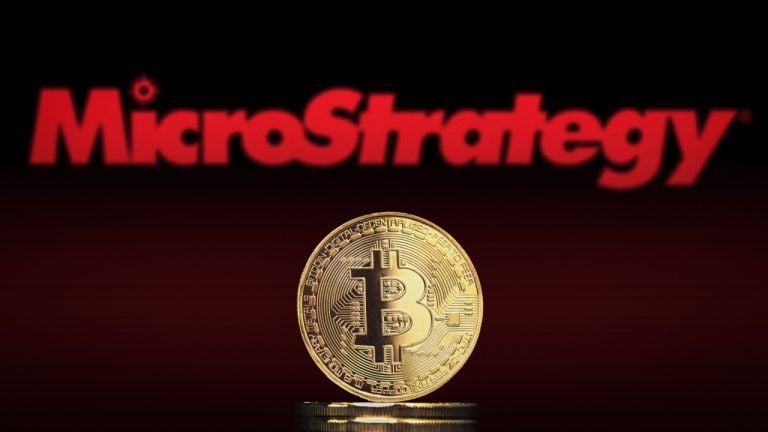






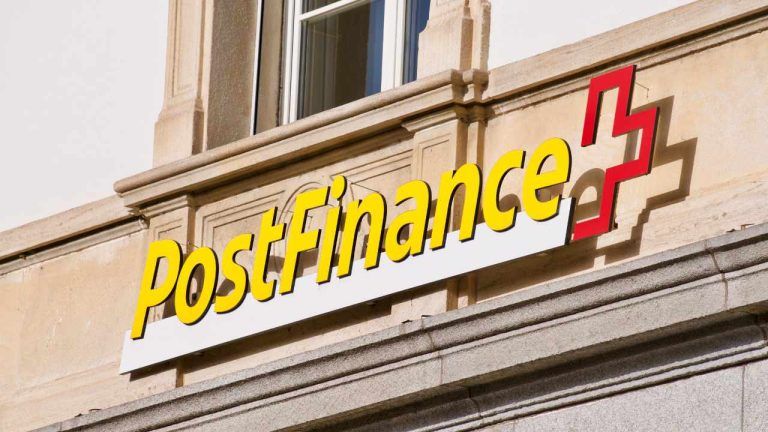




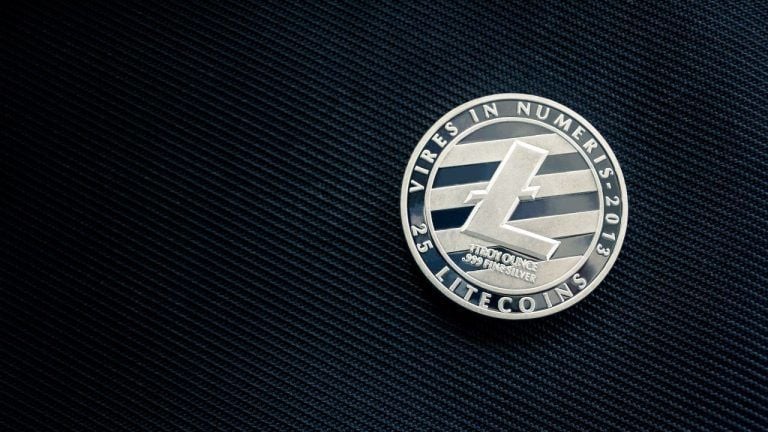



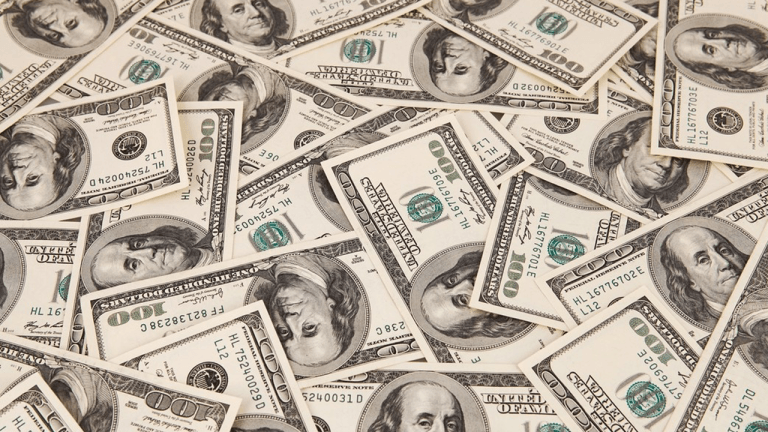
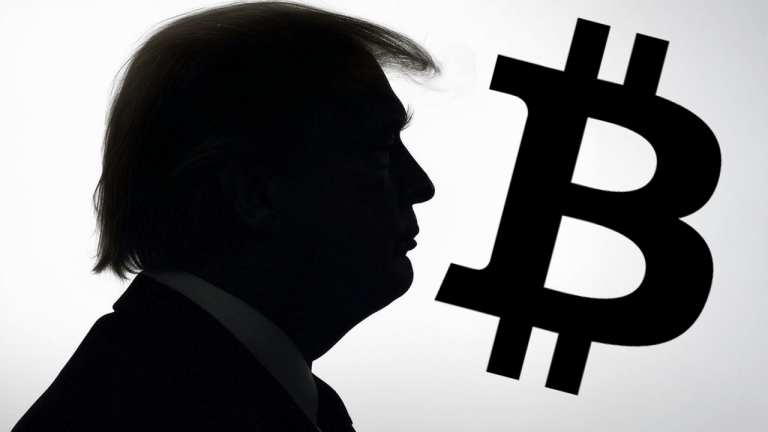

Comments